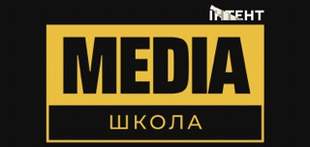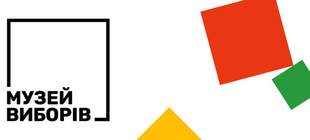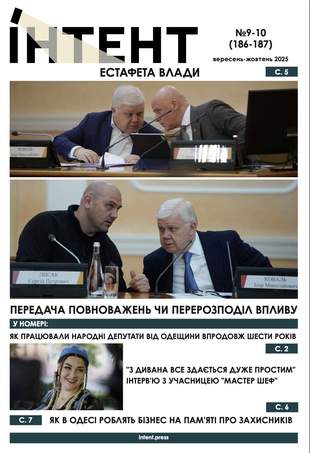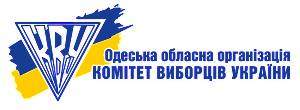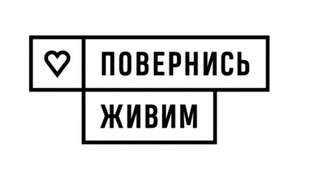Меню
Social networks
Sections
Feb. 4, 2023, 6:29 p.m.
Three Stolen Masterpieces from Kherson Art Museum Linked to Russia
Цей матеріал також доступний українською924
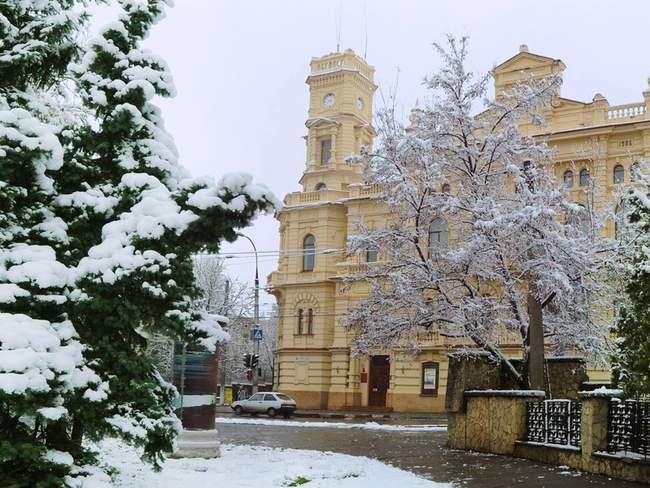
Photo: Kherson Art Museum
Three more paintings have been added to the list of identified works that were definitely taken by the Russian military from the Kherson Art Museum to Crimea.
This was reported on the Kherson Art Museum's Facebook page.
One of the stolen paintings belongs to Mykola Glushchenko. It is "Still Life with Flounder" from 1967, painted on cardboard with oil.
The amazing Mykola Hlushchenko (1901-1977) was an artist and scout who lived in Europe for 20 years and absorbed almost all the main trends of the early twentieth century into his work. By the number of paintings he created (more than 10 thousand), he ranks second in the world after Picasso. Before the robbery by the invaders, the Kherson Art Museum had almost fifty works by the outstanding artist, the post says.
Another painting painted by Viktor Zaretskyi on canvas is "Ukrainian Hanna Struk".
Viktor Zaretsky (1925-1990) is called the Ukrainian Klimt - he is one of the first Ukrainian modernists and postmodernists, the creator of Ukrainian neo-occupation based on the traditions of folk and decorative art, a master of landscape and genre painting, the museum noted.
And the third painting by Felix Kider is a pastel painting on paper - "Portrait of Mykola Cheetah".
The report emphasized that an artist of a wide range, Felix Kider (1938-2003) left a huge artistic heritage, but the most important thing in his work was graphics. Among the graphic works of the master is a portrait of Kherson artist Mykola Hepard, which presents the main features of the artist's work: non-standard but balanced composition and textured technical expressiveness.
On January 19, the Odesa Museum launched a series of war exhibitions by Ukrainian artists. The cycle begins with parallel exhibitions of three artists: Ihor Hora, Dmytro Yevseyev, and Vasyl Dmytryk. According to the organizers of the exhibition, the synchronicity of these projects is related not only to the time of creation, but also to the work with similar documentary material.
On January 5, a monument to the Russian commander Alexander Suvorov was demolished in Mykolaiv.
The sculpture stood near the building of the military department of the Mykolaiv National University named after V. Sukhomlynskyi.
It is known that in early December, a monument to Suvorov was doused with red paint in Mykolaiv.
